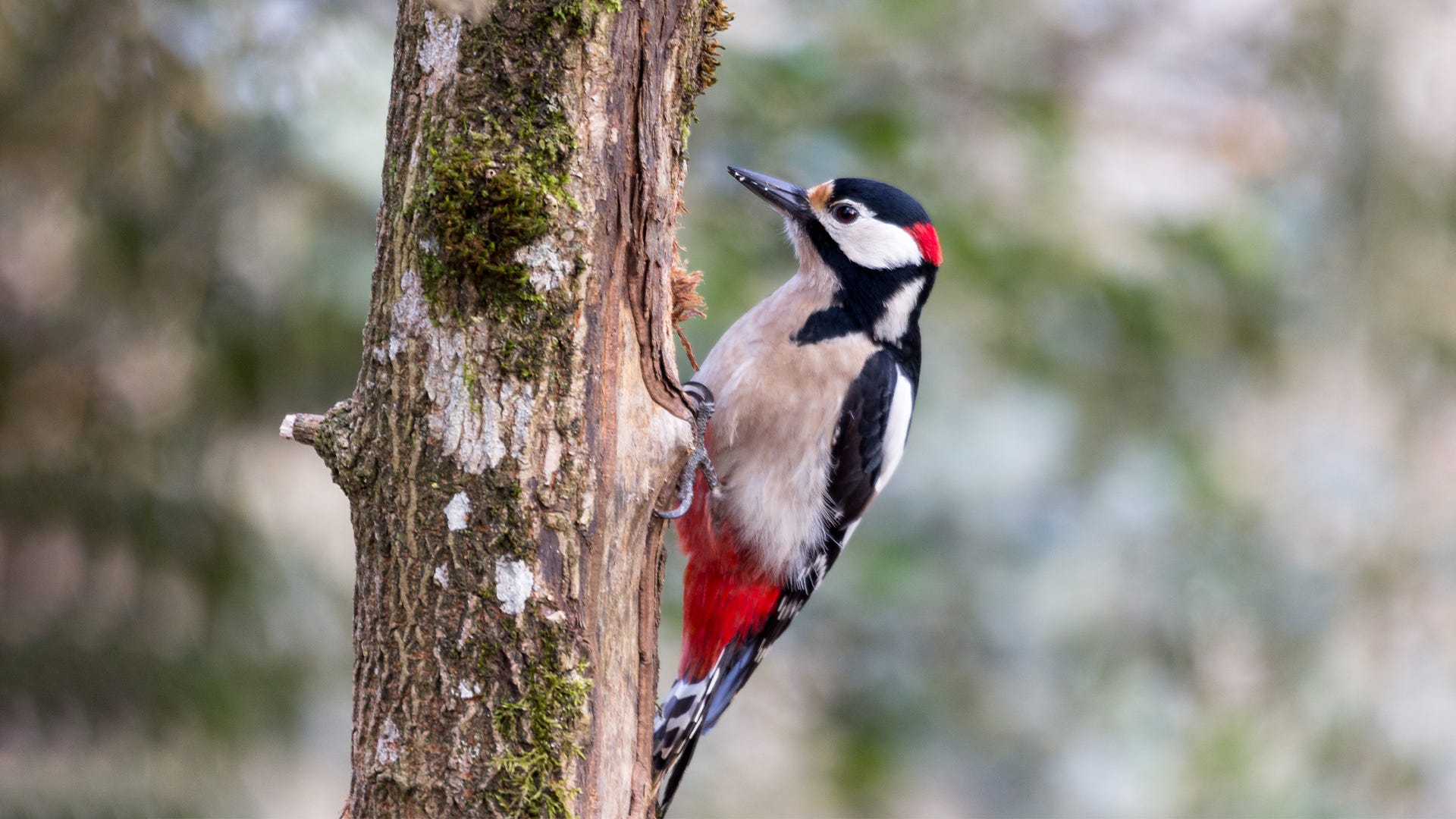Discover the Remarkable World of Woodpeckers: Everything You Need to Know
The globe of woodpeckers is a world filled up with special behaviors, detailed adaptations, and a varied variety of varieties. From their habitats and circulation patterns to their feeding habits and specialized physiological functions, woodpeckers have actually long mesmerized the rate of interest of ornithologists and nature enthusiasts alike.
Woodpecker Habitats and Distribution
In North America, for example, woodpeckers can be found in both coniferous and deciduous woodlands, utilizing their solid beaks to forage for pests and produce nesting dental caries in trees. In Africa, specific woodpecker varieties have actually adapted to arid settings, such as the acacia woodlands, where they play an essential duty in managing insect populaces.

Feeding Behaviors and Diet
Among the numerous aspects of their behavior, woodpeckers exhibit distinctive feeding habits and nutritional choices. These birds are mainly insectivores, with a diet that includes ants, beetles, caterpillars, and other pests discovered in trees. Woodpeckers use their strong beaks to pierce into the bark of trees, probing for insects and larvae concealed beneath the surface. In enhancement to insects, woodpeckers also eat nuts, seeds, fruits, and sap. Some types have specialized tongues with barbed suggestions that help them draw out pests from crevices in wood.
Woodpeckers are known for their drumming habits, which serves not just to interact with various other woodpeckers yet additionally to situate food. The rapid drumming sound is created by the bird pecking on powerful surfaces like dead trees or metal posts. This actions can attract insects hidden in the timber, permitting the woodpecker to identify their presence and feed on them.
One-of-a-kind Adjustments for Tree Climbing
In their skilled pursuit of pests concealed within tree bark, woodpeckers have developed exceptional physiological official site features that furnish them with special adjustments for reliable tree climbing. Woodpeckers have solid neck muscle mass and an one-of-a-kind head structure that take in the effect of consistent pecking, permitting them to climb up up and down without triggering injury to their minds. These adjustments showcase the unbelievable evolutionary design that enables woodpeckers to navigate trees with accuracy and effectiveness.
Diverse Woodpecker Types Worldwide
With over 200 various varieties spread across numerous environments worldwide, the household of Picidae encompasses an amazing variety of woodpeckers. These birds can be found in woodlands, forests, savannas, and even urban areas, showcasing their flexibility to different settings. From the legendary Northern Flicker in The United States And copyright to the vibrant and evasive Crimson-backed Flameback in Asia, each woodpecker varieties exhibits unique characteristics in terms of plumage, actions, and environment preference.
Woodpeckers vary greatly in dimension, with the diminutive Downy Woodpecker measuring around 6-7 inches in size, while the effective Lineated Woodpecker can reach up to 17 inches - Woodpeckers in Florida. Their beaks additionally come in various forms and dimensions, reflecting their feeding practices. Some types concentrate on extracting bugs from tree bark, like the Acorn Woodpecker, while others, such as the Black-cheeked Woodpecker, feed on fruits and seeds

Conservation Efforts and Difficulties
Preservation efforts for woodpecker populations are important in alleviating the effect of habitat loss and various other threats dealing with these varied avian varieties. Woodpeckers deal with numerous difficulties to their survival, primarily because of deforestation, urbanization, climate modification, and intrusive species. To attend to these problems, preservation initiatives concentrate on securing and bring back woodpecker habitats, implementing sustainable forestry practices, and increasing awareness concerning the value of these birds in communities.
One considerable challenge in woodpecker preservation is the fragmentation of their environments, causing separated populaces that are extra prone to termination - Woodpeckers in Florida. Conservationists function to produce wild click reference animals passages and shielded areas that attach these fragmented environments, enabling woodpeckers to move in between various locations for feeding, reproducing, and sanctuary

Final Thought
To conclude, woodpeckers are remarkable birds with distinct adaptations for tree climbing he said and feeding habits. They can be found in diverse habitats worldwide, facing conservation obstacles due to environment loss and human tasks. Comprehending their environments, diet plans, and habits is essential for conservation efforts to secure these crucial bird varieties. Additional study and conservation actions are needed to make sure the survival of woodpeckers in the wild.